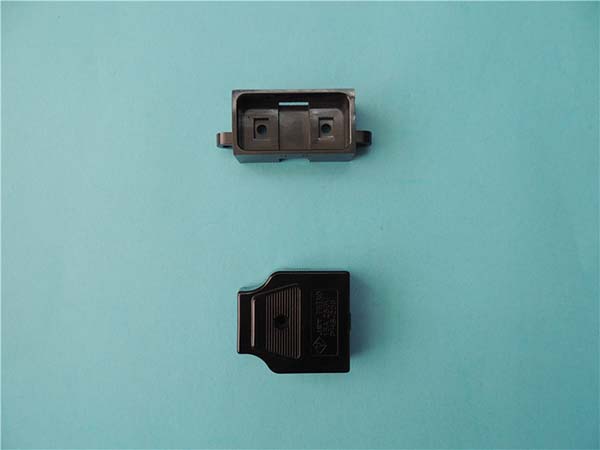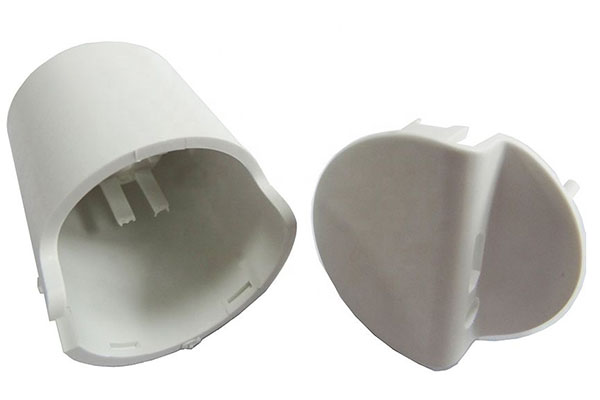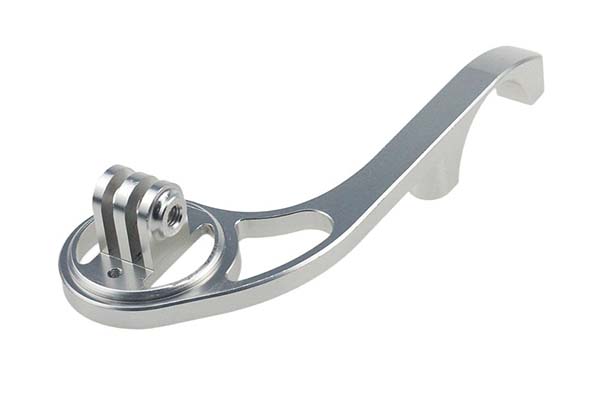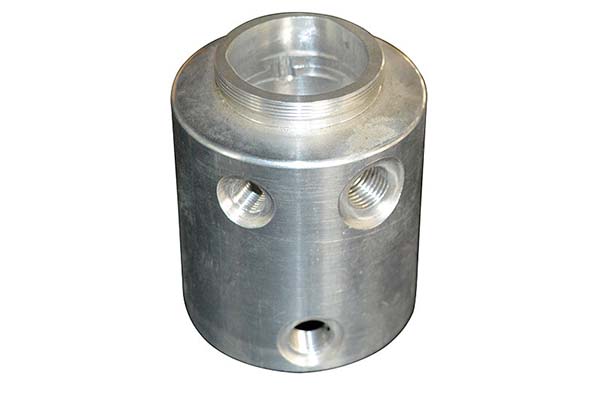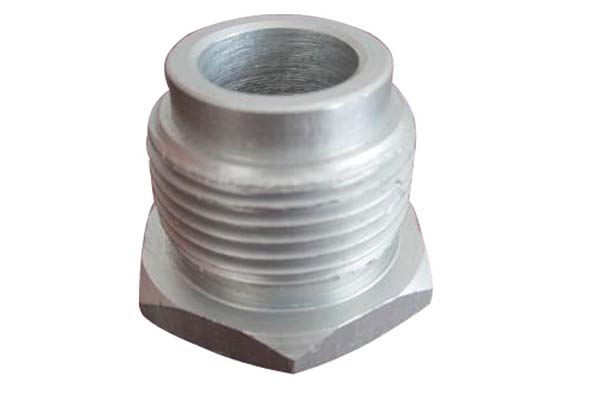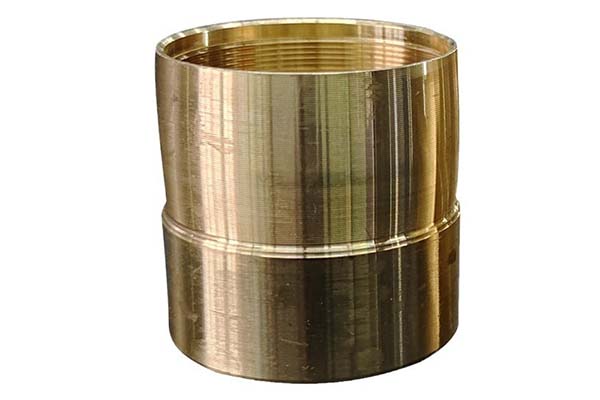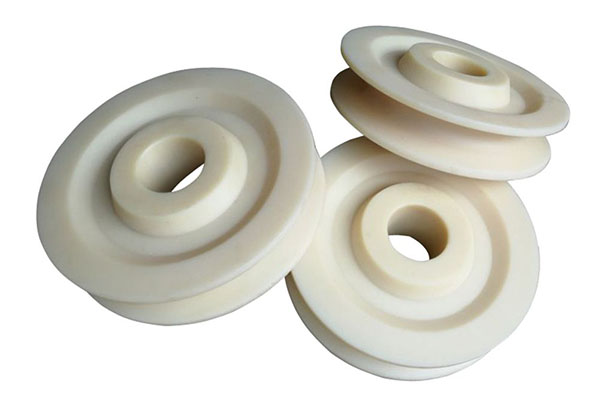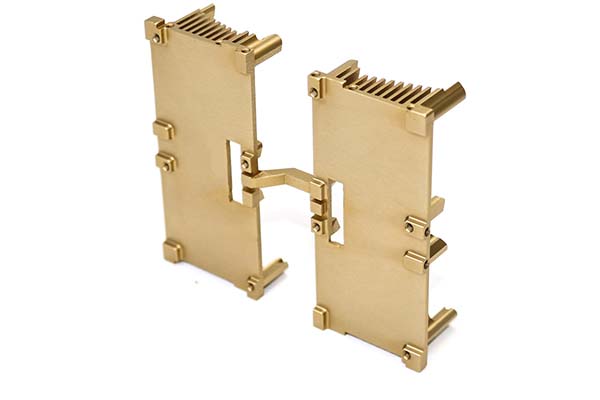CNC machining of TPE (Thermoplastic Elastomer) presents unique challenges that manufacturers often struggle with. Its high flexibility and elasticity mean the material can stretch or deform under cutting forces, making it difficult to maintain dimensional accuracy and tight tolerance levels. Additionally, TPE’s tendency to gum up cutting tools—especially at high temperatures—can lead to poor surface finish and increased tool wear. Balancing cutting speed and feed rate to avoid heat buildup while achieving precise cuts adds another layer of complexity. This guide addresses these pain points, offering expert strategies to master CNC machining of TPE.
Material Properties
Thermoplastic Elastomer (TPE) is a class of materials that combines the elasticity of rubber with the processability of thermoplastics, with properties that significantly influence machining:
- Mechanical properties: TPEs have a wide range of tensile strengths (5-30 MPa) and elongation at break (100-600%), depending on the grade—this variability requires tailored machining parameters for each type.
- Flexibility and elasticity: These are TPE’s defining traits, allowing it to return to its original shape after deformation. However, this makes it prone to "springback" during machining, where the material shifts after cutting, affecting precision.
- Durability: TPEs resist fatigue and wear, even after repeated flexing, making them ideal for parts like seals and gaskets that undergo constant use.
- Chemical resistance: Most TPEs resist oils, greases, and water, though resistance to solvents varies by grade—styrene-based TPEs are less resistant to chemicals than polyurethane-based ones.
- Thermal stability: TPEs typically have a maximum continuous use temperature of 60-120°C, with some high-performance grades reaching 150°C. They soften at 130-200°C, so heat management during machining is critical to prevent melting.
| Property | TPE (Styrene-Based) | TPE (Polyurethane) | TPE (Olefin-Based) |
| Tensile Strength | 5-15 MPa | 15-30 MPa | 10-20 MPa |
| Elongation at Break | 300-500% | 100-400% | 200-600% |
| Max Use Temp | 60-90°C | 80-120°C | 100-150°C |
| Chemical Resistance | Moderate | Good | Excellent |
Machining Processes
CNC machining processes for TPE require adjustments to accommodate its elasticity and flexibility:
- CNC milling: The most common process for TPE, using low cutting speed (50-100 m/min) to reduce heat buildup. A feed rate of 0.05-0.15 mm/tooth prevents the material from stretching, while a depth of cut of 0.5-2 mm minimizes tool deflection.
- CNC turning: Used for cylindrical TPE parts like rollers or O-rings, with spindle speeds of 800-1500 RPM and feed rate of 0.1-0.2 mm/rev. Sharp tools and light cuts prevent "pulling" the material, which causes irregular shapes.
- Precision machining: Achieving tolerances of ±0.05-0.1 mm is possible with rigid setups and slow feed rates. Multi-axis machining reduces workpiece handling, minimizing deformation from repeated clamping.
- Surface finish: TPE typically achieves Ra 1.6-3.2 μm with standard machining. A glossy finish (Ra <1.6 μm) requires sharp tools, low cutting speed, and a light finishing pass (0.1-0.2 mm depth of cut).
- Depth of cut considerations: Deeper cuts (2-3 mm) require slower feed rates to avoid stretching the material, while shallow cuts (0.1-0.5 mm) can use faster feeds for finishing.
Tool Selection
Choosing the right tools is critical to overcoming TPE’s elasticity and preventing tool gumming:
- Cutting tools: Carbide tools (grade K10-K20) are preferred for TPE, as their sharp edges and wear resistance reduce friction and heat. High-speed steel tools work for low-volume runs but dull faster, increasing the risk of gumming.
- Tool geometry: Tools with a high rake angle (15-20°) reduce cutting forces, minimizing material stretching. A 2-flute design improves chip evacuation, preventing TPE from adhering to tool flutes.
- Tool materials: Solid carbide is ideal for high-volume production, while carbide-tipped tools offer a balance of performance and cost for medium runs. Diamond-coated tools reduce adhesion, extending tool life by 30-50% in sticky TPE grades.
- Tool wear management: TPE’s softness can cause buildup on tool edges ("galling"), which appears as a sticky residue. Regular cleaning with alcohol and tool replacement when edges show buildup prevents poor surface finish.
- Coolant usage: Compressed air is preferred over liquid coolants, as TPE can absorb moisture, causing swelling. Air cools the tool and clears chips without affecting material properties.
- Tool holders: Rigid holders with minimal runout (≤0.01 mm) prevent tool vibration, which can stretch TPE and create uneven cuts.
Applications
CNC machined TPE parts are valued across industries for their flexibility, durability, and versatility:
- Automotive parts: Gaskets, door seals, and interior trim use TPE’s elasticity and resistance to oils and UV radiation.
- Medical devices: Grips for surgical tools, syringe plungers, and catheter components leverage TPE’s biocompatibility (USP Class VI) and softness against skin.
- Consumer electronics: Phone cases, cable jackets, and remote control buttons use TPE for its shock absorption and tactile feel.
- Industrial components: Conveyor belts, rollers, and vibration dampeners benefit from TPE’s flexibility and wear resistance.
- Seals and gaskets: TPE’s ability to compress and seal makes it ideal for fluid-tight applications in plumbing and machinery.
- Custom machined parts: From ergonomic grips to specialized washers, TPE’s machinability allows for complex shapes that meet unique design needs.
- Prototyping: TPE’s low cost and easy machining make it ideal for testing flexible part designs before mass production.
Quality Control
Maintaining quality in CNC machined TPE parts requires attention to elasticity-related challenges:
- Dimensional accuracy: TPE’s springback means parts should be measured 15-30 minutes after machining, allowing the material to stabilize. Using a coordinate measuring machine (CMM) ensures measurements reflect the final dimensions.
- Tolerance levels: TPE typically achieves ±0.05 mm for small parts and ±0.1 mm for large parts, wider than rigid plastics due to its elasticity. Critical features may require secondary operations like grinding to meet tighter tolerances.
- Surface roughness: Profilometers measure surface roughness, with Ra 1.6-3.2 μm acceptable for most applications. A rough finish often indicates dull tools or excessive heat, which can be corrected by sharpening tools or reducing cutting speed.
- Inspection methods: Visual checks for tears, voids, or tool marks are essential, while tactile inspections ensure consistent hardness (using a durometer) across production runs.
- Quality standards: Compliance with ISO 9001 and industry-specific standards (like ISO 10993 for medical TPE) ensures consistency, with documentation of tool changes and cutting parameters.
- Non-destructive testing: Ultrasonic testing detects internal defects in thick TPE parts, critical for load-bearing components like industrial seals.
Yigu Technology's Perspective
Yigu Technology specializes in CNC machining TPE, with expertise in handling its unique elasticity and flexibility. We use carbide tools with high rake angles and 2-flute designs to minimize stretching and gumming, ensuring clean cuts and consistent surface finish. Our quality control includes post-machining stabilization time before measurement, ensuring dimensional accuracy for critical parts like medical device components. We optimize cutting speed and feed rate for each TPE grade, balancing efficiency with quality. Whether producing seals and gaskets or custom prototypes, we tailor our processes to maximize TPE’s strengths, delivering reliable parts that meet strict industry standards.
FAQ
- Why does TPE gum up cutting tools, and how to prevent it?
TPE’s low melting point and stickiness cause it to adhere to tool flutes, especially at high temperatures. Prevention involves using sharp carbide tools, low cutting speed (50-100 m/min), and compressed air to cool tools and clear chips. Regular tool cleaning with alcohol also helps.
- Can TPE be machined to tight tolerances like rigid plastics?
TPE’s elasticity makes tight tolerances harder to achieve than with rigid plastics. While rigid plastics can reach ±0.02 mm, TPE typically achieves ±0.05-0.1 mm. Using rigid fixtures, slow feed rates, and measuring after stabilization helps maximize precision.
- What is the best way to prevent TPE from stretching during machining?
Use sharp tools with high rake angles to minimize cutting forces, and secure the material with a vacuum table or soft-jaw fixtures to distribute clamping pressure evenly. Slow feed rate (0.05-0.15 mm/tooth) and low cutting speed prevent the material from stretching, ensuring accurate cuts.
